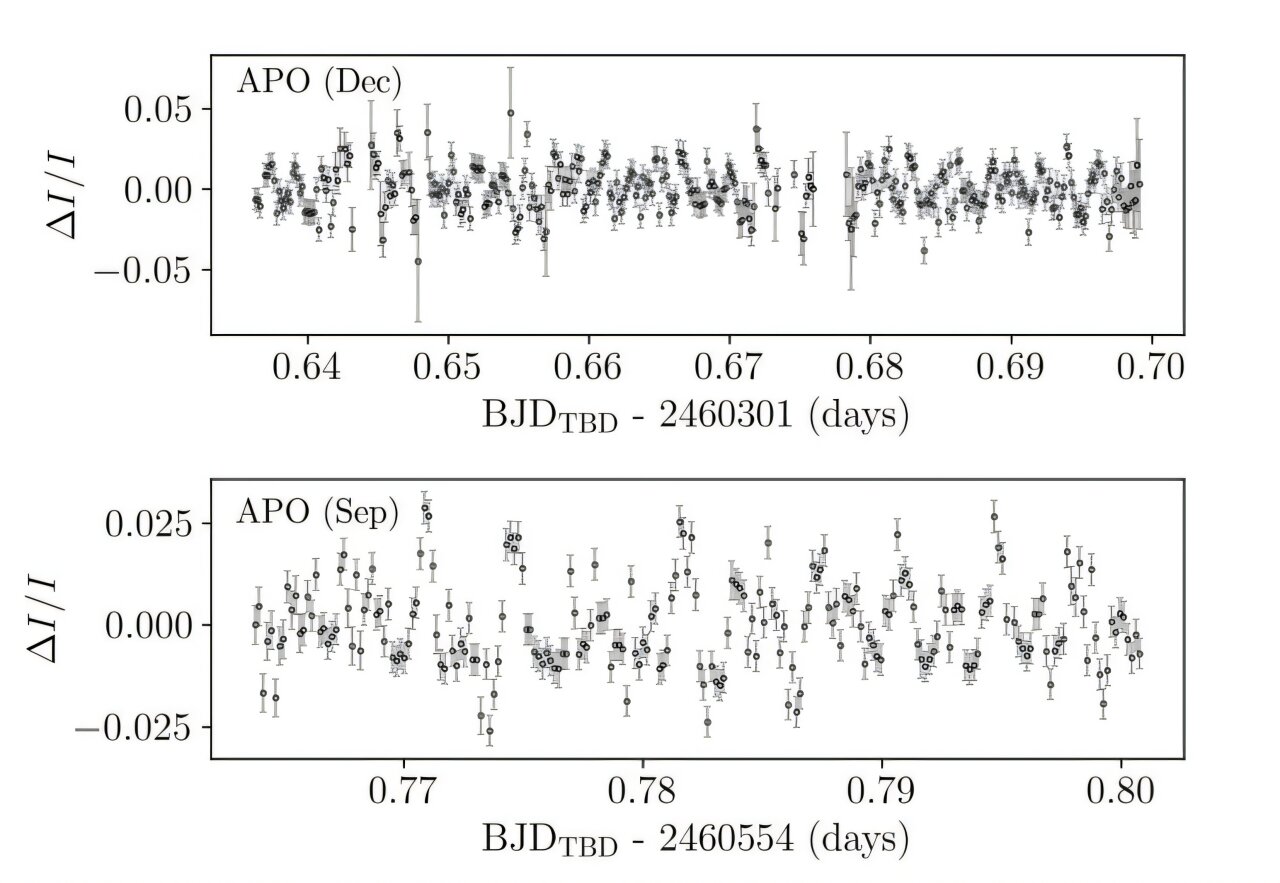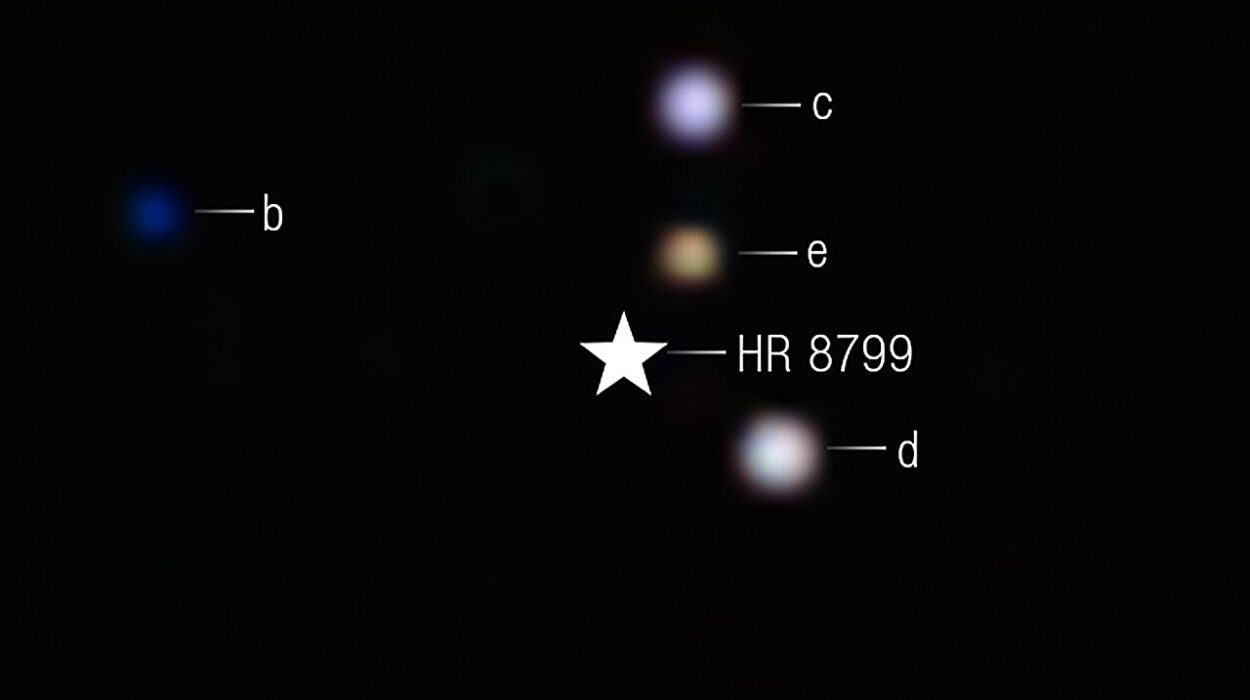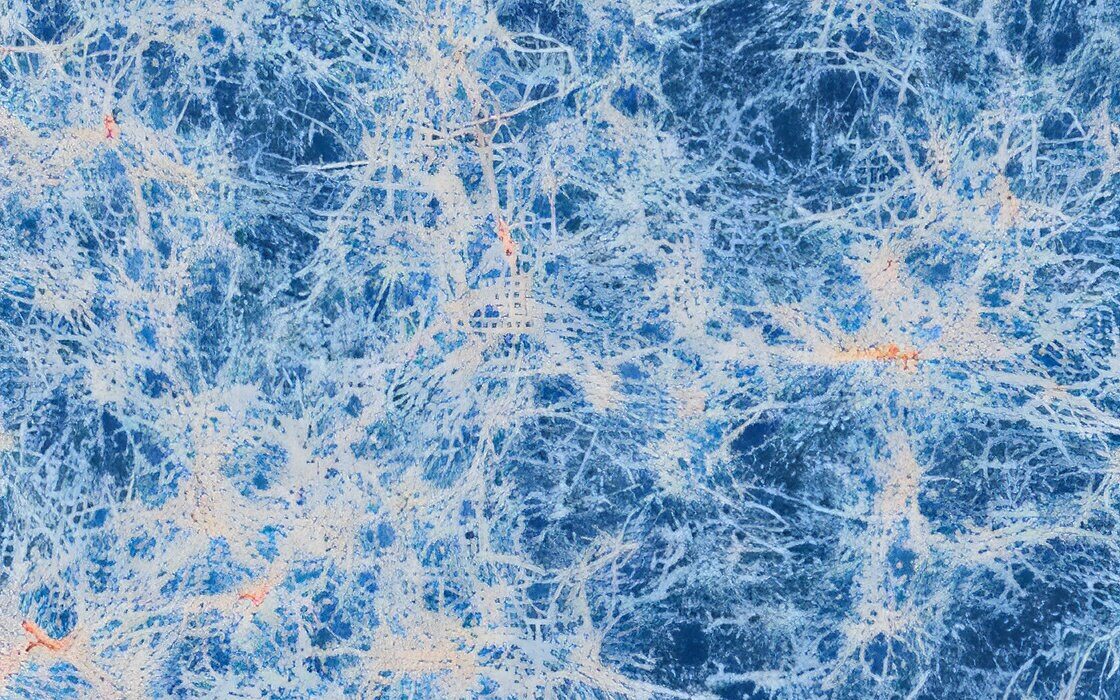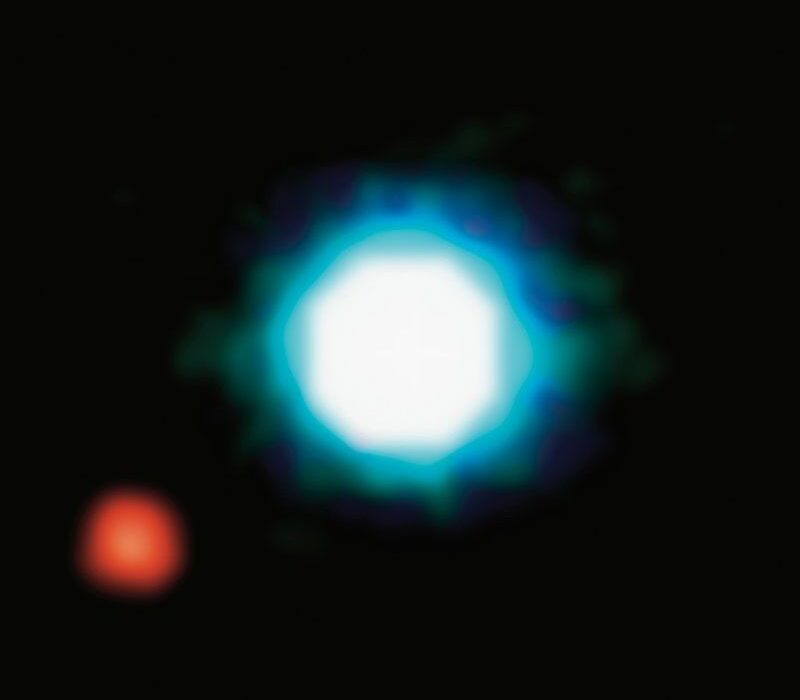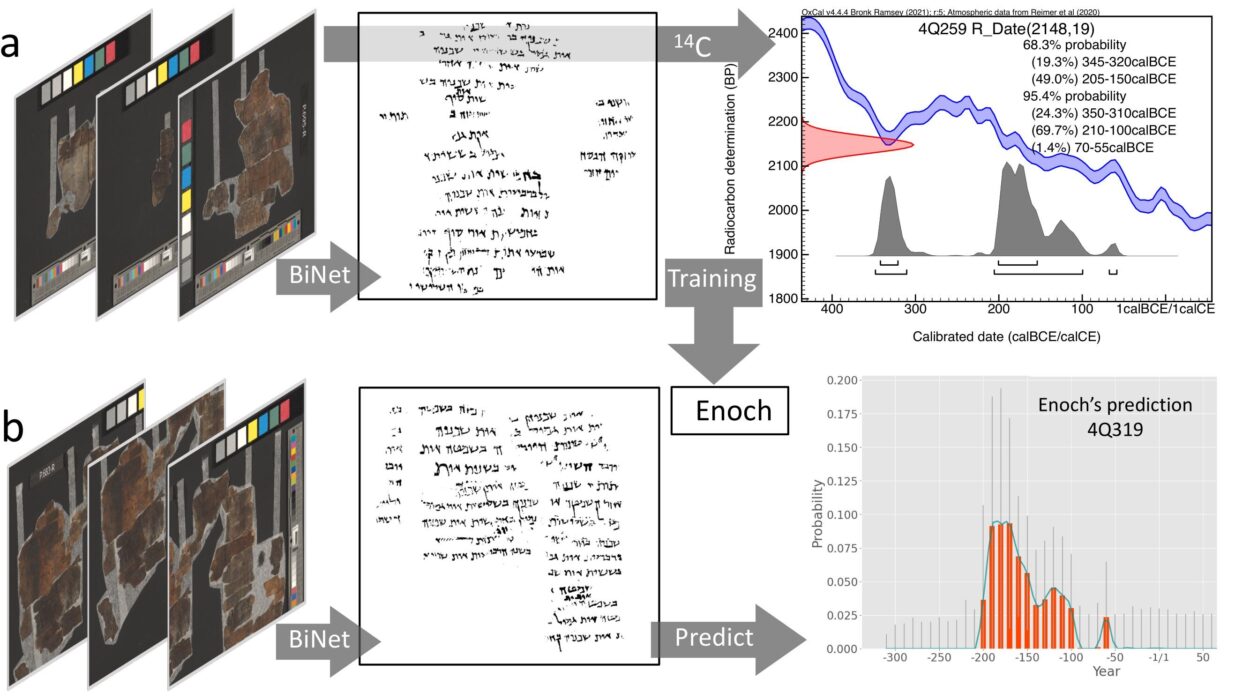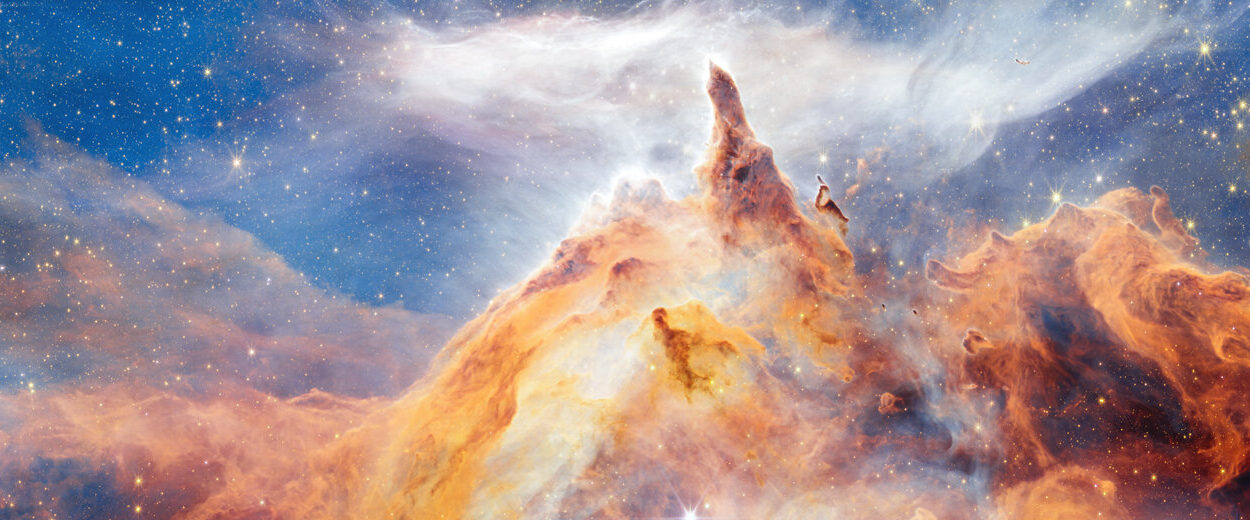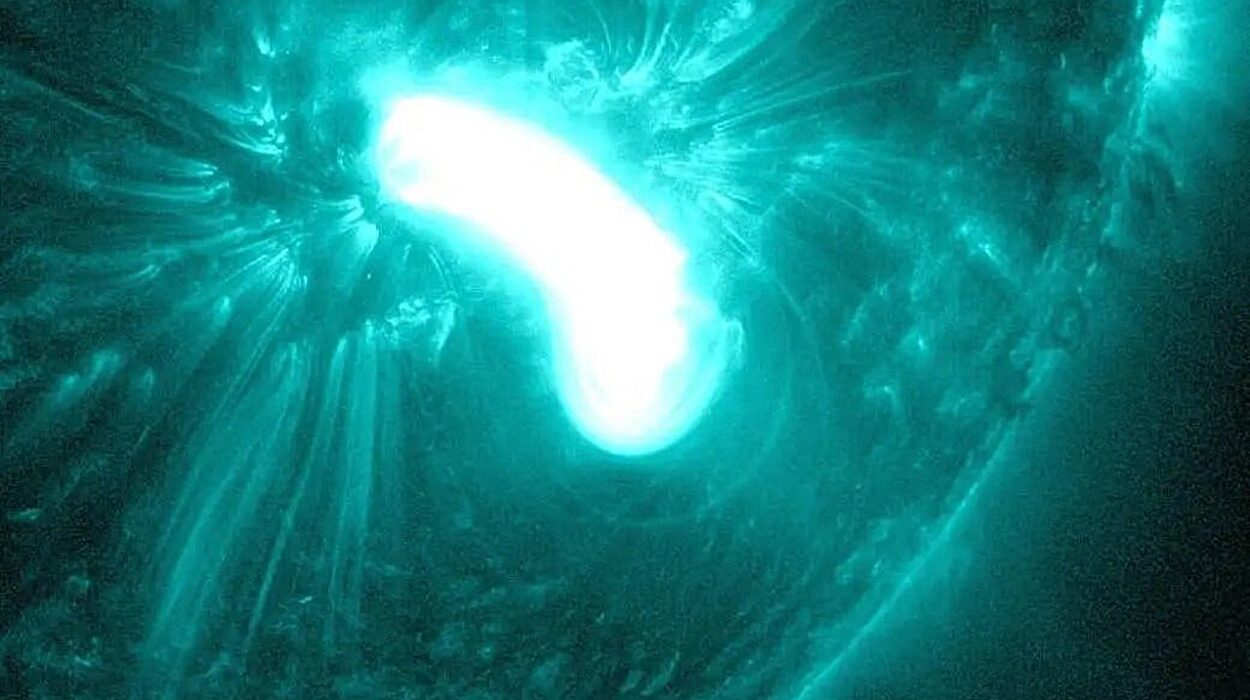Astronomers have made an extraordinary breakthrough in the study of ultra-massive white dwarfs, identifying 19 distinct pulsation modes in a particularly intriguing star known as WD J0135+5722. This white dwarf, located approximately 165.5 light-years away from Earth, has been hailed as the richest pulsating ultra-massive white dwarf ever discovered. The groundbreaking findings were published on the arXiv preprint server and represent a significant step forward in our understanding of the complex behaviors of white dwarfs and their role in the final stages of stellar evolution.
Understanding White Dwarfs and Pulsations
A white dwarf (WD) is the dense, remnant core of a star that has exhausted its nuclear fuel. After stars like our Sun end their life cycles, they shed their outer layers, leaving behind a hot, dense core that cools over time. White dwarfs are primarily composed of hydrogen or helium, but a small fraction can also contain heavier elements, depending on their evolutionary history.
Some white dwarfs exhibit a fascinating phenomenon known as pulsations—variations in their luminosity caused by non-radial gravity waves that propagate within these objects. These pulsations are due to the star’s inherent instability, a result of its high surface gravity and its dense, compressed structure.
One of the most studied types of pulsating white dwarfs are DAVs, also referred to as ZZ Ceti stars. These stars are characterized by having a DA spectral type, meaning they display only hydrogen absorption lines in their spectra. The pulsations in these stars manifest as periodic changes in brightness and can offer valuable insights into the internal structure of white dwarfs.
WD J0135+5722: An Ultra-Massive White Dwarf
The star WD J0135+5722 stands out not only because of its pulsations but also due to its exceptional size and mass. With an estimated mass of approximately 1.11 solar masses, it is considered an ultra-massive white dwarf. This is significant because most white dwarfs typically have masses around 0.6 to 0.8 solar masses, meaning that WD J0135+5722 is considerably more massive than average. Its effective temperature is around 12,415 K, making it relatively hot compared to many other white dwarfs.
Previously, astronomers had identified WD J0135+5722 as a potential candidate for pulsations due to its unusual characteristics, particularly its mass and temperature. This led to its selection as one of the targets for a program aimed at searching for pulsations in ultra-massive white dwarfs.
The Discovery: 19 Pulsation Modes
Led by Francisco C. De Gerónimo from the La Plata National University in Buenos Aires, Argentina, an international team of astronomers embarked on an observational campaign to search for pulsations in this intriguing object. The team used two advanced observatories: the Gran Telescopio Canarias (GTC) in La Palma, Spain, and the Apache Point Observatory (APO) in New Mexico, USA. These observatories provided the high-resolution data necessary to study the star’s pulsations.
Their observations revealed 19 distinct pulsation modes in WD J0135+5722, ranging from about 137 to 1,345 seconds. These periods are typical for ZZ Ceti stars, and their detection places WD J0135+5722 in the spotlight as the richest pulsating ultra-massive white dwarf ever recorded, surpassing the previously known record-holder, BPM 37093, which had only eight identified pulsation modes.
Investigating the Pulsation Periods
To analyze these pulsations, the astronomers used Fourier Transforms (FT) to process the light curves collected from their observations. This mathematical technique allowed the researchers to identify the exact frequencies of the pulsations, along with their amplitudes, phases, and any associated errors in the measurements. This detailed analysis not only confirmed the pulsation modes but also offered deeper insight into the internal structure of the white dwarf.
The identification of multiple pulsation modes in WD J0135+5722 is a significant milestone in the study of pulsating white dwarfs, providing valuable data on their physical properties and behavior.
Mass Estimates and Internal Composition
Alongside the pulsation analysis, the research team also attempted to estimate the mass of WD J0135+5722 through several methods. Their findings indicated that the star’s mass is about 1.12 solar masses if it has an oxygen-neon core, or about 1.135 solar masses if it has a carbon-oxygen core. These mass estimates are crucial for understanding the star’s evolutionary history and its eventual fate. The mass of a white dwarf plays a key role in determining how it will evolve in its final stages.
The Significance of the Discovery
The discovery of 19 pulsation modes in WD J0135+5722 is a landmark achievement in white dwarf research. The astronomers involved in the study highlighted the importance of these findings for advancing our understanding of high-mass stars and the final stages of stellar evolution. Ultra-massive white dwarfs like WD J0135+5722 are thought to be the remnants of stars that were once more massive, and their study could reveal critical information about the progenitors of supernovae.
The researchers also noted that this discovery may have implications for understanding stellar mergers, as some ultra-massive white dwarfs are believed to be the result of binary star systems where two white dwarfs merge, leading to a more massive remnant. This phenomenon is still not fully understood, and the findings could help refine current models of stellar evolution.
Looking Ahead
As astronomers continue to study ultra-massive white dwarfs like WD J0135+5722, their findings will undoubtedly have far-reaching consequences for our understanding of the universe. The detection of multiple pulsation modes in such a massive white dwarf provides an unprecedented opportunity to probe the internal structure of these fascinating objects. Additionally, future investigations into the characteristics of pulsating white dwarfs could reveal even more about the nature of white dwarf atmospheres, their evolution, and their potential role in the broader cosmic landscape.
Conclusion
In summary, the discovery of 19 pulsation modes in WD J0135+5722 is a remarkable achievement in stellar astrophysics. The insights gained from this research contribute to our understanding of pulsating ultra-massive white dwarfs, offering a window into the final stages of star evolution. As the richest pulsating ultra-massive white dwarf known to date, WD J0135+5722 serves as a key object of study for astronomers seeking to unravel the mysteries of white dwarfs, stellar mergers, and the progenitors of supernovae. This discovery not only advances our knowledge of white dwarf behavior but also lays the groundwork for future research that could reshape our understanding of the cosmos.
Reference: Francisco C. De Geronimo et al, Discovery of the richest pulsating ultra-massive white dwarf, arXiv (2025). DOI: 10.48550/arxiv.2501.13661
